Results
-
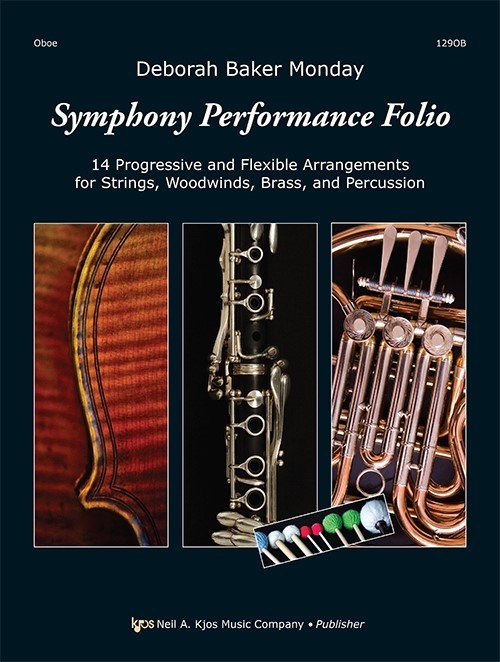 £5.95
£5.95Symphony Performance Folio (Oboe) - Monday, Deborah Baker
Here's a highly requested collection of folk tunes and classical works flexibly arranged. All arrangements can be played as a full orchestra, or string orchestra, or concert band, or woodwind ensemble, or brass ensemble, or miscellaneous combination that works for you! A percussion book is also included but not required. The pieces in the book progress from grade 2 to grade 4. Arranger Deborah Baker Monday has creatively arranged each piece for concerts or classroom training. Not to be missed! Includes: Chorale (Drese); Lo, How a Rose E'er Blooming (Praetorius); Old French Hymn; Jana Gana Mana (Tagore); Minuet from Water Music (Handel); My Bonny Lass (Morley); Beach Spring (White); Hatikvah; Rondeau from Abdelazer Suite (Purcell); Menuet from Le Tombeau de Couperin (Ravel); Turkish March from The Ruins of Athens (Beethoven); In the Hall of the Mountain King from Peer Gynt Suite (Grieg); Alborada from Capriccio Espagnol (Rimsky-Korsakov); When Johnny Comes Marching Home.
Estimated dispatch 7-14 working days
-
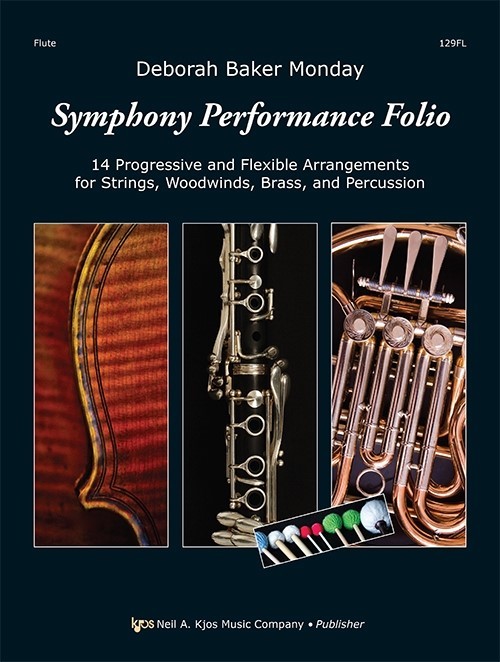 £5.95
£5.95Symphony Performance Folio (Flute) - Monday, Deborah Baker
Here's a highly requested collection of folk tunes and classical works flexibly arranged. All arrangements can be played as a full orchestra, or string orchestra, or concert band, or woodwind ensemble, or brass ensemble, or miscellaneous combination that works for you! A percussion book is also included but not required. The pieces in the book progress from grade 2 to grade 4. Arranger Deborah Baker Monday has creatively arranged each piece for concerts or classroom training. Not to be missed! Includes: Chorale (Drese); Lo, How a Rose E'er Blooming (Praetorius); Old French Hymn; Jana Gana Mana (Tagore); Minuet from Water Music (Handel); My Bonny Lass (Morley); Beach Spring (White); Hatikvah; Rondeau from Abdelazer Suite (Purcell); Menuet from Le Tombeau de Couperin (Ravel); Turkish March from The Ruins of Athens (Beethoven); In the Hall of the Mountain King from Peer Gynt Suite (Grieg); Alborada from Capriccio Espagnol (Rimsky-Korsakov); When Johnny Comes Marching Home.
Estimated dispatch 7-14 working days
-
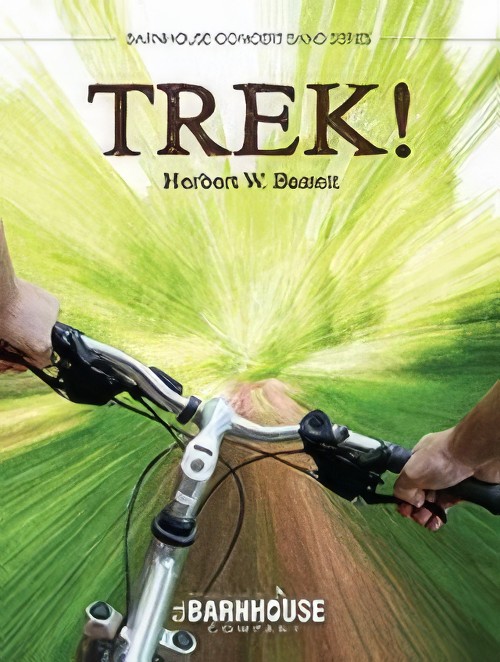 £79.00
£79.00Trek! (Concert Band - Score and Parts) - Bassett, Herbert W.
Trek! depicts three phases of a thrilling mountain bike ride: acceleration through the gears, tranquility of the ride, and an uphill climb and descent. While the eighth note remains constant throughout, changing meters, rising ostinati, and widening Doppler-shifts all imply acceleration leading to a break-neck downhill ride for a dynamic ending. Modal harmonies and an optimistic tone make Trek! fun to perform and exciting to hear! An energetic program selection or closer for concert or festival. Electrifying!Duration: 4.15
Estimated dispatch 7-14 working days
-
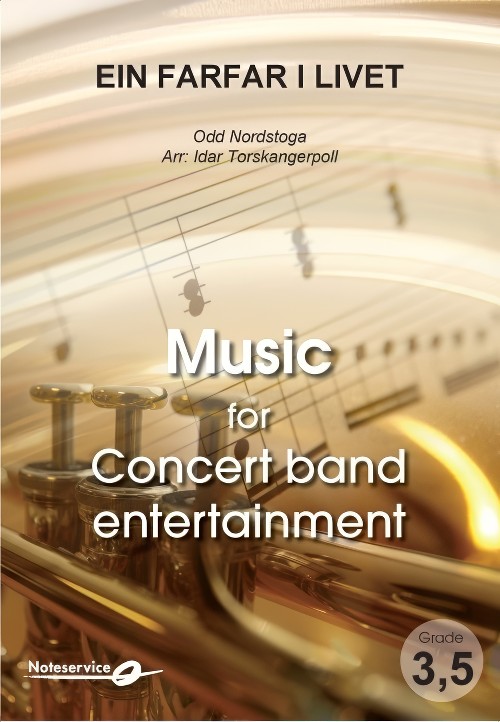 £91.00
£91.00Ein farfar i livet (Grandpa) (Concert Band- Score and Parts) - Nordstoga, Odd - Torskangerpoll, Idar
Ein farfar i livet (Grandpa) is taken from the 2011 record album release Bestevenn (My best friend) by Odd Nordstoga. This is music for a Norwegian TV-series called "Vaffelhjarte. Duration: 4.15
Estimated dispatch 7-14 working days
-
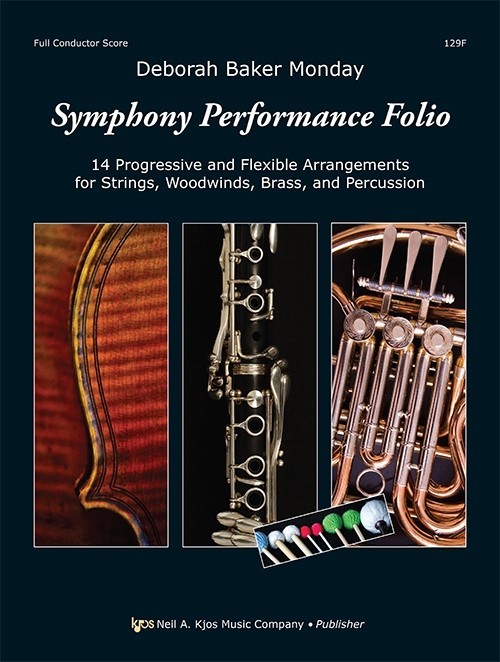 £21.95
£21.95Symphony Performance Folio (Full Conductor Score) - Monday, Deborah Baker
Here's a highly requested collection of folk tunes and classical works flexibly arranged. All arrangements can be played as a full orchestra, or string orchestra, or concert band, or woodwind ensemble, or brass ensemble, or miscellaneous combination that works for you! A percussion book is also included but not required. The pieces in the book progress from grade 2 to grade 4. Arranger Deborah Baker Monday has creatively arranged each piece for concerts or classroom training. Not to be missed! Includes: Chorale (Drese); Lo, How a Rose E'er Blooming (Praetorius); Old French Hymn; Jana Gana Mana (Tagore); Minuet from Water Music (Handel); My Bonny Lass (Morley); Beach Spring (White); Hatikvah; Rondeau from Abdelazer Suite (Purcell); Menuet from Le Tombeau de Couperin (Ravel); Turkish March from The Ruins of Athens (Beethoven); In the Hall of the Mountain King from Peer Gynt Suite (Grieg); Alborada from Capriccio Espagnol (Rimsky-Korsakov); When Johnny Comes Marching Home.
Estimated dispatch 7-14 working days
-
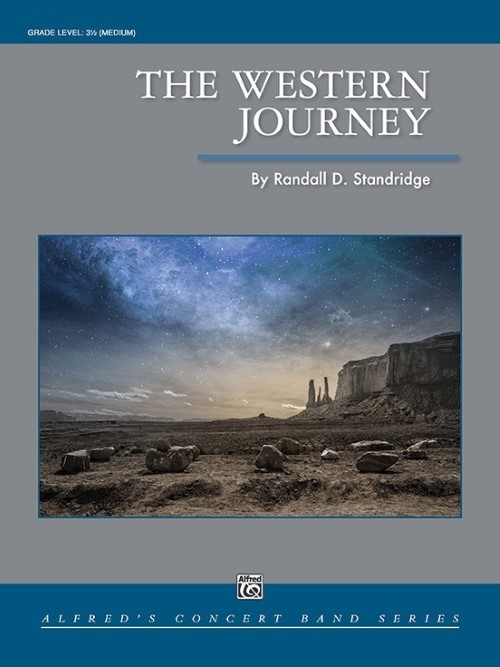 £79.50
£79.50The Western Journey (Concert Band - Score and Parts) - Standridge, Randall D.
Inspired by thoughts of the early American pioneers, this cinematic overture captures the essence of scores written for "Westerns." It depicts travel to the western mountains, desert, and Great Plains and the sheer size of the landscape and vast openness. Duration: 4:45
Estimated dispatch 7-14 working days
-
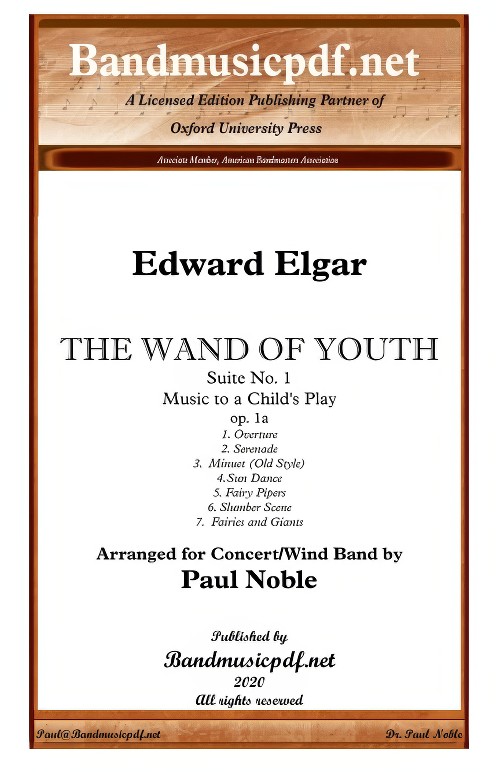 £225.00
£225.00The Wand of Youth, Suite No.1 (Complete) (Concert Band - Score and Parts) - Elgar, Edward - Noble, Paul
The Wand of Youth suites, subtitled Music to a Child's Play, were written in 1869 when Elgar was only twelve years old, music written for a play and acted by the Elgar children for a private family theatrical production. He noted the tunes down in a sketchbook and in 1907, forty years later, he rearranged with only minor changes and orchestrated them as the two suites titled The Wand of Youth, Suite Nos. 1 and 2. Although The Wand of Youth suites date from Elgar's mature years, he insisted on calling it Opus 1, because he wrote these pieces originally for piano many years earlier. Suite No.1 includes seven movements: 1. Overture; 2. Serenade; 3. Minuet (Old Style); 4. Sun Dance; 5. Fairy Pipers; 6. Slumber Scene; and 7. Fairies and Giants.
Estimated dispatch 7-14 working days
-
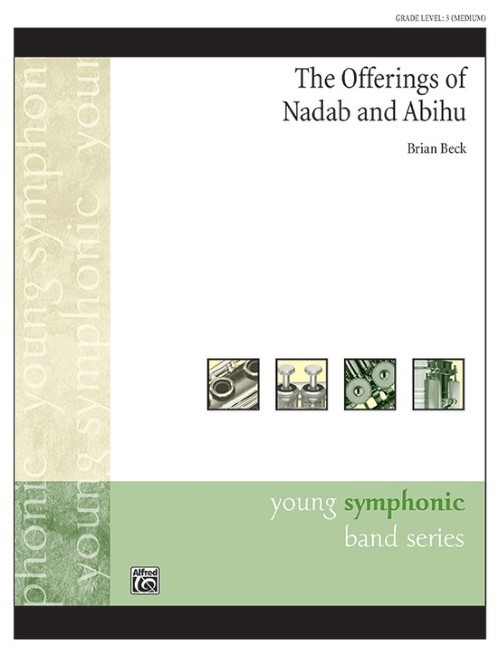 £66.95
£66.95The Offerings of Nadab and Abihu (Concert Band - Score and Parts) - Beck, Brian
Something is not right...a growing sense of danger is in the air. Dark colors, minor chords, shifting tonalities, and eerie melodic lines warn us of the consequences of playing with fire. Duration: 4:00
Estimated dispatch 7-14 working days
-
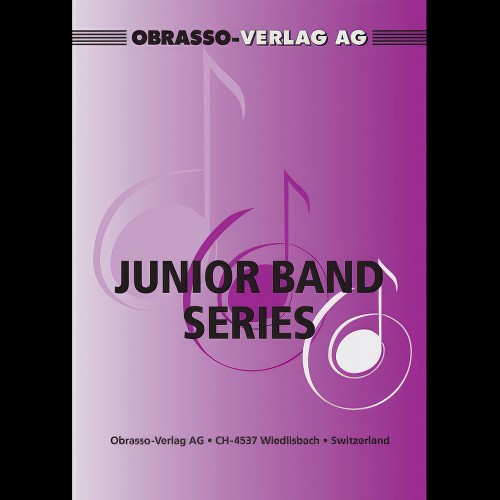 £46.90
£46.90Rockin' Together (Flexible Ensemble - Score and Parts) - Bouthier, Christian
4 Part Flexible Ensemble and PercussionIncludes:Elephant RockTiger Rock
Estimated dispatch 7-14 working days
-
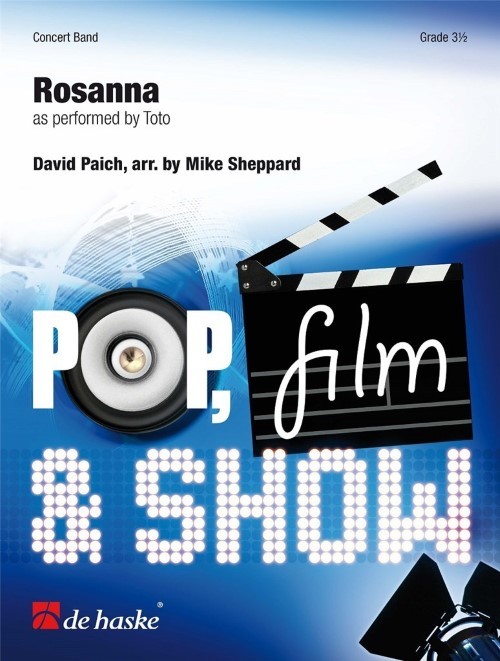 £84.99
£84.99Rosanna (Concert Band - Score and Parts) - Paich, David - Sheppard, Mike
In 1982, rock band Toto scored a worldwide hit with Rosanna. This song is more than five minutes long, much longer than was usual for hits at the time, though perhaps it was exactly this fact that contributed to its enormous success. The London arranger Mike Sheppard, who knows the pop and rock scene through and through, made a wonderfully colourful version of this rock standard. Duration: 4.15
Estimated dispatch 7-14 working days
